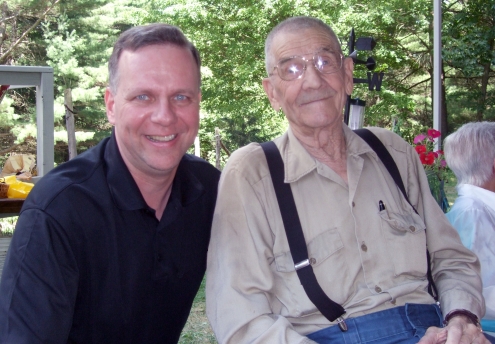
Stanley Barber (right) with me.
Recently, I had the chance to talk with Stanley Barber. Mr. Barber is the youngest child of Royden Barber, who was instrumental in selling the first Hulett hotel to William H. Wyatt. (To learn more about Royden Barber, you need to buy: The Hulett Hotel Fire on Lake George!) Royden Barber had three children, all of whom are still living: Frances: age 99, Agnes: age 97, and Stanley: age 94. So all the Barber children seem to have the longevity gene.
Stanley Barber is also the nephew of Henry and Cora Buckell, who owned the first Hulett hotel. He is presently 94 (having been born in 1917) and will turn 95 later this year. Stanley Barber would only agree to be photographed if I would join him in the picture. He said, “I’m so old I’ll break your camera. So if you’re in the picture, you can’t blame me for breaking it!”
Interview with Stanley Barber. (Age 94, son of Royden Barber and nephew of Henry and Cora (Barber) Buckell.)
Your father’s sister, Cora Barber, was married to Henry Buckell making the Buckell’s your aunt and uncle. The Buckell’s owned and operated the original Hulett hotel. Do you have any memories of the Buckell’s and their time in Huletts?
Uncle Henry ran a really tight ship. He kept people working at the hotel and my father once told us, he rented cottages that weren’t even built when he rented them. He would take a reservation, tell his workers to cut the wood and build the house, and when the people arrived it would be built. The wood was cut at the Huletts sawmill. That was Uncle Henry, always trying to get people to come to Huletts.
He later retired and moved to Hudson Falls but he worked his entire life. He believed in thrift and hard work!
My Uncle Henry and Aunt Cora had five children: Gladys, Raymond, Hazel, Bernard (Bud) and Naomi. They were my cousins. The youngest, Naomi, just passed away in 2011 in Florida. One sad story that I remember is that a boat sank off of Agnes island and a few of the passengers went down with the boat. Bud, who was an excellent swimmer, dove down and brought the bodies up. They were dead, but it was my cousin, Bud, who got them to the surface. It was in over 40 feet of water but he was a great swimmer and he was the one who did it.
The Buckell’s owned the original Hulett hotel before the age of the automobile. Did you actually ride in a horse-drawn carriage when you were young?
Absolutely. My father bought a car in the 1920’s but as children we crossed the mountain in a horse-drawn carriage. In the winter, you would wear a “lap robe” over your waist and legs to stay warm as the horses pulled the carriage. It was made out of cow hide and the wind couldn’t go through it. It kept you warm. The stable in Huletts was located very close to the present Casino, the new one, back from the water. The horses really labored pulling you up the mountain. I can remember them snorting and pulling. It was a good pull for them going up the mountain. They had to work, but they liked going down the mountain. It was difficult crossing the mountain, and I still remember the sounds the horses made.
Could you tell us one of your memories about Huletts Landing which some people might not know?
Well one of the things I did, which is interesting, is that I actually surveyed a lot of Huletts Landing in the late 1940’s. When Arthur Wyatt died, (the owner of the Hulett hotel at that time) I was hired by a surveyor, from across the lake in Hague, named Henry Watts. He was hired by the corporation to survey the lands of Arthur Wyatt. I believe it had something to do with insurance. I surveyed those lands with Henry Watts and Robert Borden, Franny’s father. We traversed all types of terrain and found some stone markers going back 100 years or more.
Could you tell us what life was like in the 20’s and 30’s in Dresden?
One interesting fact that people don’t know, is that when aviation first started there was a revolving light beacon on the top of Spruce mountain. It spun in a full circle and the next one was about 40 miles north on some mountain. The pilots of planes looked out at night and saw the beacons below to fly by. There was also a “blinker” light on the Black mountain tower. It was different than the Spruce mountain beacon, but it was there so planes wouldn’t fly into it.
As of this interview, you are 94 years old. Can you tell us your thoughts on aging?
Right now, it’s hard. Some days you just ache all over and every move you make hurts. I once worked in a nursing home and you have to fight through it, you can’t give up. I saw old people give up and once that happens they were done. I decided long ago, that however old I got I would always fight and never give in. I don’t know if I’ll be here tomorrow but I’ll go out fighting. My father lived to be almost 101 years old, and he was an example to me.
Mr. Barber, it was a pleasure speaking with you. Thank you for sharing your memories.
Just let people know, if the picture of us breaks your camera, you did it and not me! (Big smile.)


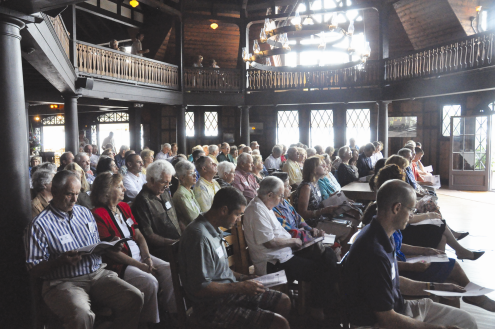
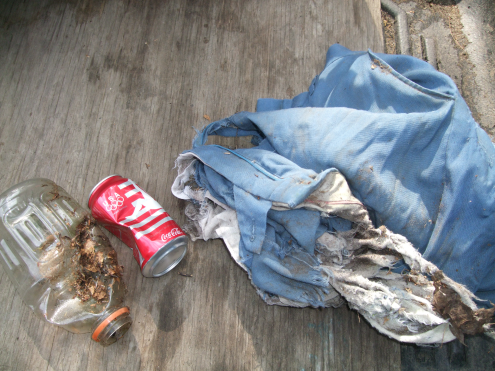

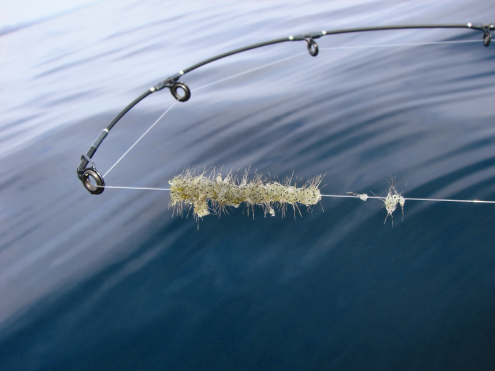
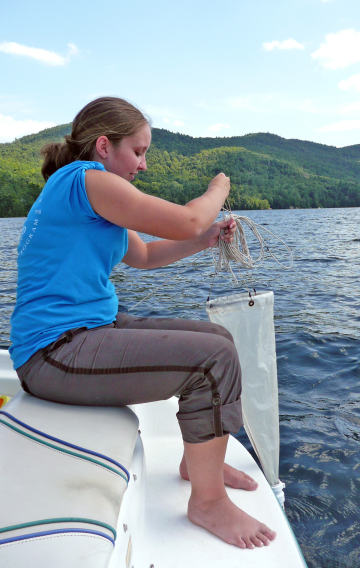

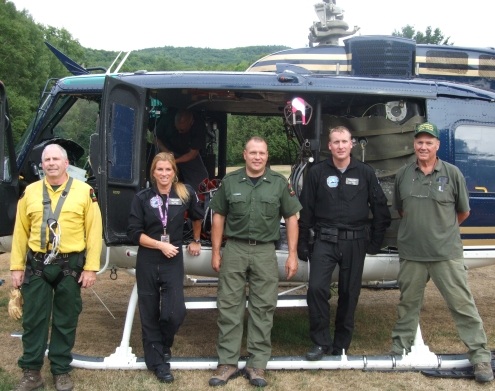
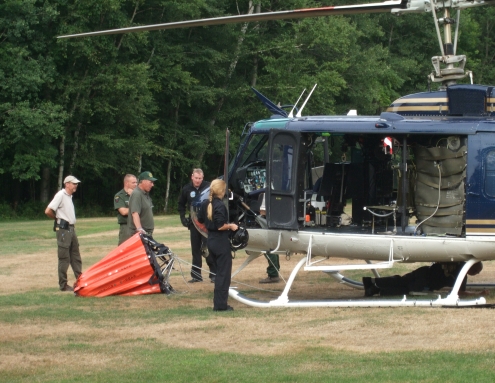
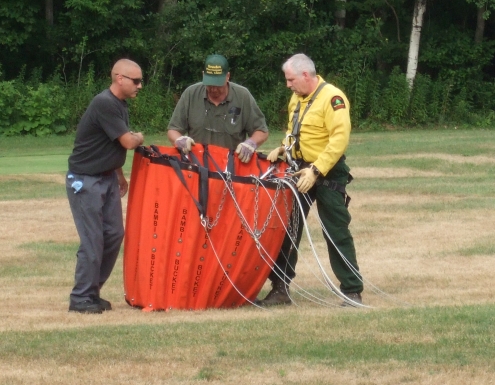
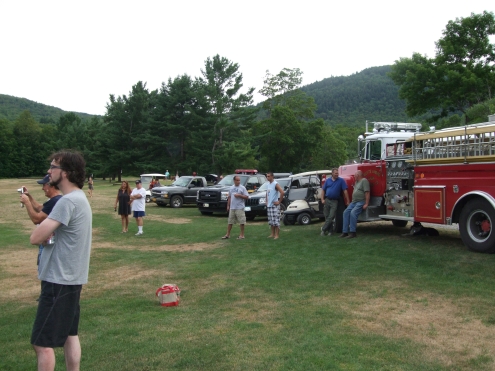
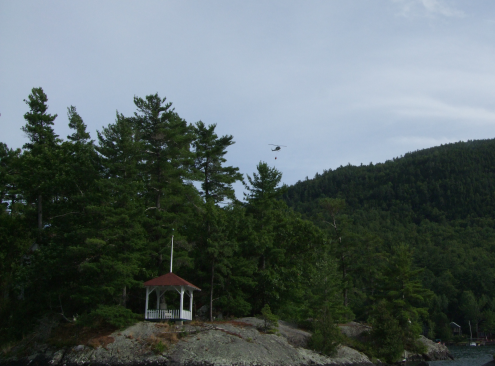
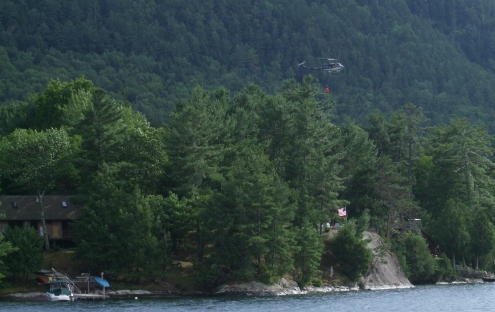
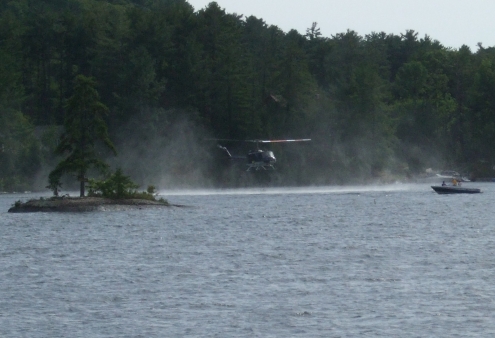
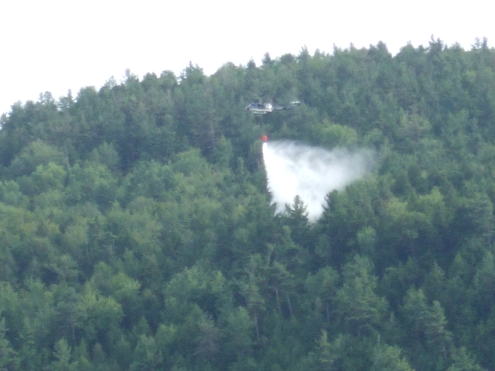
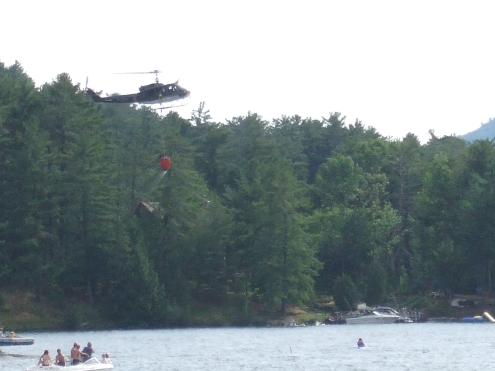
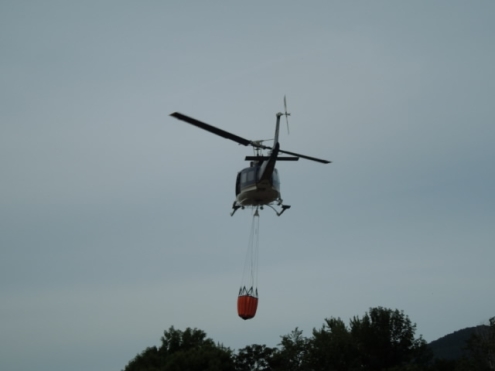
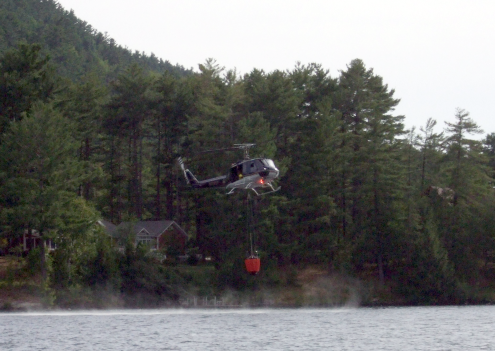
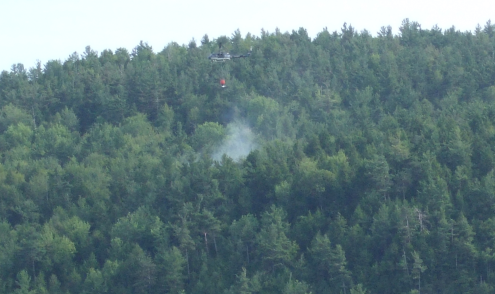
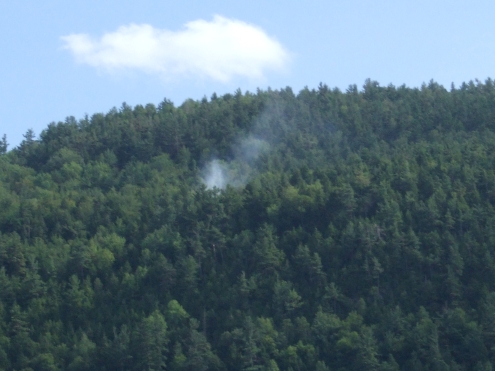
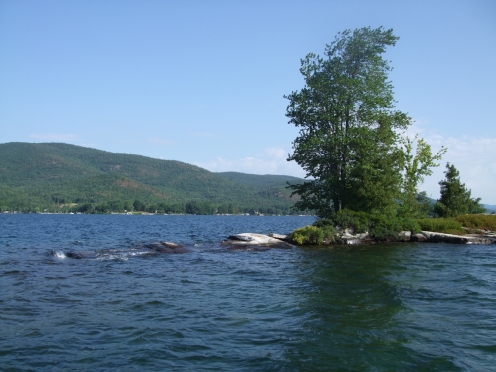
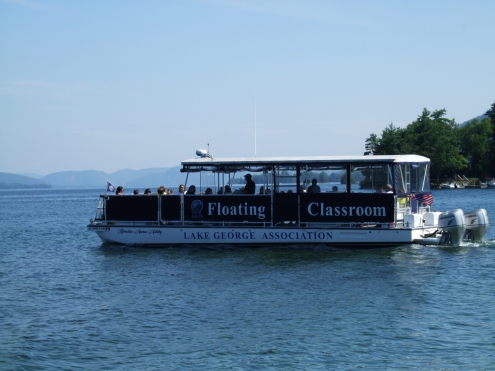


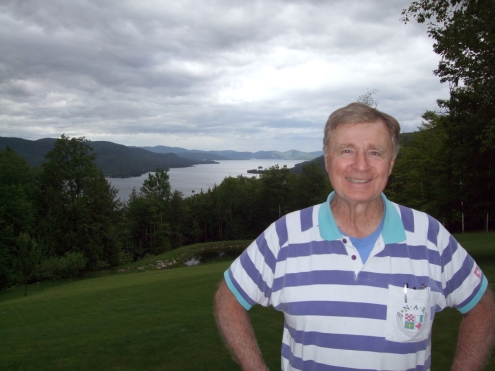
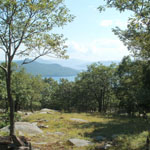 The Lake George Land Conservancy is sponsoring a guided hike on Saturday, July 7th from 9 am – 12:30 pm up Cook Mountain in Ticonderoga.
The Lake George Land Conservancy is sponsoring a guided hike on Saturday, July 7th from 9 am – 12:30 pm up Cook Mountain in Ticonderoga.